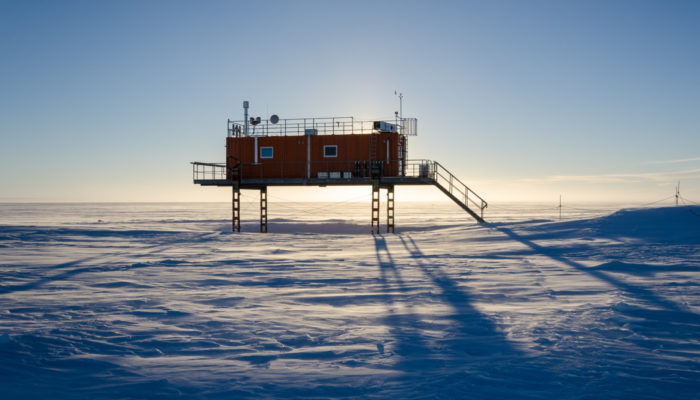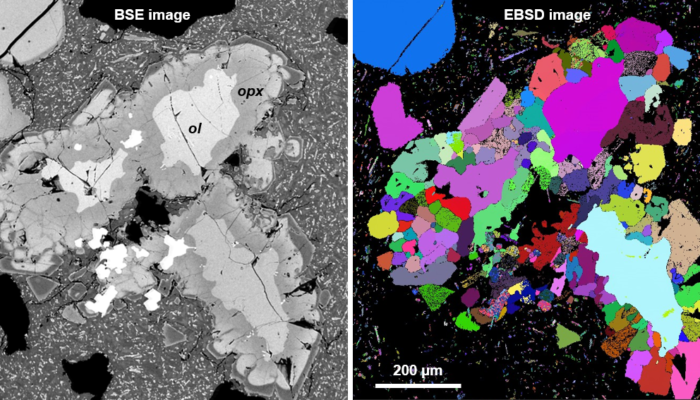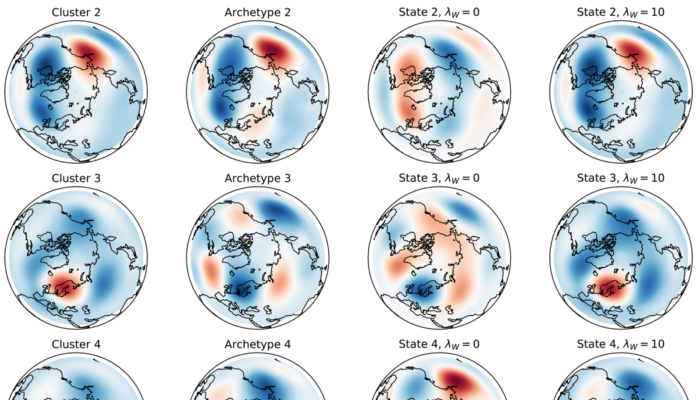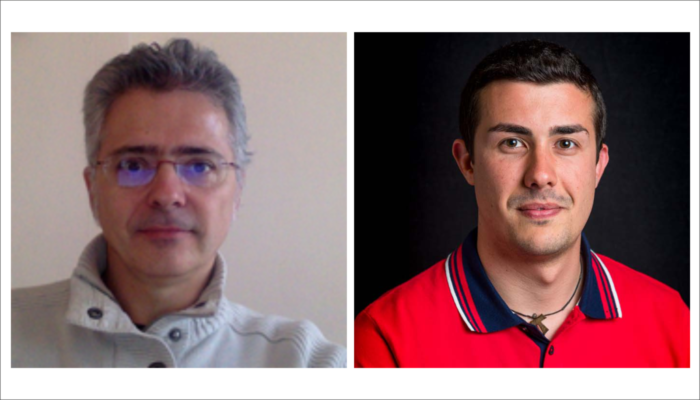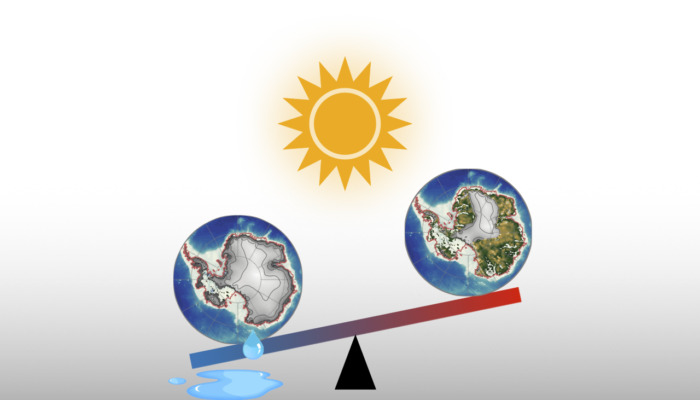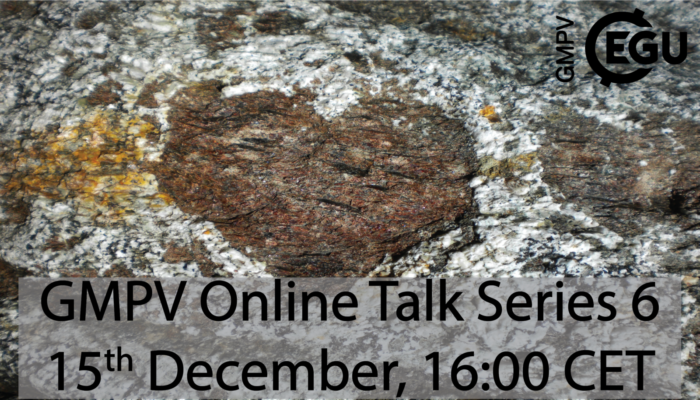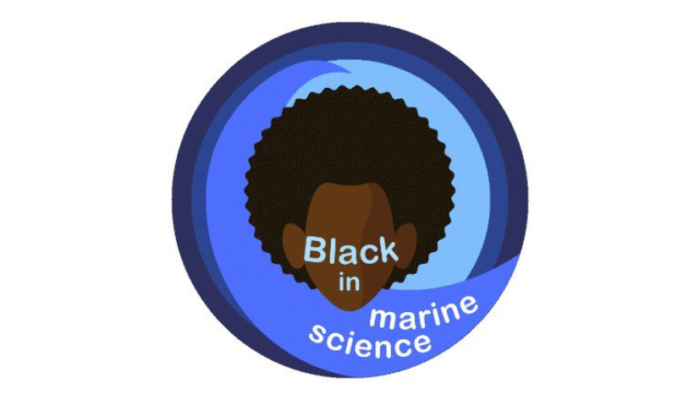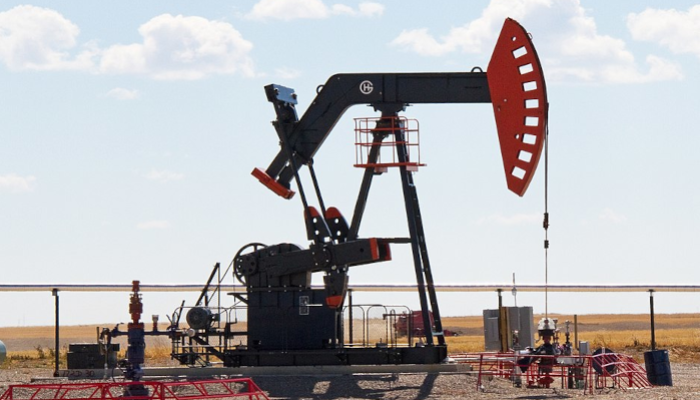The European Research Council (ERC) is a leading European funding body supporting frontier research, investigator-driven, across all fields of science.The ERC offers various different funding opportunities with grants budgets of €1.5 to €3.5 million for individual scientists with the sole criterion for selection being scientific excellence. In October, the EGU hosted a webinar that highlighted som ...[Read More]
Geodynamics
Seriously, science?
This week, Cédric Thieulot, Assistant Professor at The Department of Earth Science, in Utrecht, shows that there is no place for humor in peer reviewed scientific publications. Science is serious. It’s about experiments, theory, analysis, and for most of this readership maths, physics, chemistry, biology, geology and so much more. It’s serious business, with funding, promotion, titles, grants and ...[Read More]
GeoLog
Imaggeo On Monday: A science outpost in midnight sun
Photo of the air chemistry observatory of the German Neumayer III Antarctic station during Polar Day 2017. Located in a clean air sector south of the station, the observatory’s main purpose is to record continuous, year-round data records of relevant particulate and gaseous trace components of the troposphere. As one of only few stations located in the very clean troposphere of Antarctica, i ...[Read More]
Natural Hazards
A look into the life of a volcanologist in Japan, one of the most hazardous countries for volcanoes
In this interview, I talk with Chris Conway about his experience as a volcanologist in Japan, which is one of the countries with the highest volcanic threat in the world. You will read how studying crystals found within erupted lava flows can help hazard mitigation at active volcanoes and how volcanic hazard is managed in Japan. Hi Chris!! Thank you for accepting this interview, first and foremo ...[Read More]
Nonlinear Processes in Geosciences
NPG Paper of the Month: “Applications of matrix factorization methods to climate data”
The September 2020 NPG Paper of the Month award goes to Dylan Harries and Terence J. O’Kane for their paper “Applications of matrix factorization methods to climate data” (https://doi.org/10.5194/npg-27-453-2020). Dylan is a postdoctoral fellow within the Oceans and Atmosphere business unit of CSIRO (Australia). His current research focuses on methods for learning reduced-order models from d ...[Read More]
GeoLog
GeoTalk: Meet the Nonlinear Processes Division, with Division President Stéphane Vannitsem and ECS Rep Tommaso Alberti
Hello Stéphane and Tommaso, thank you for speaking with us today – could you briefly introduce yourselves? Stéphane Vannitsem Okay, so my name is Stéphane Vannitsem, and I am a researcher at the Royal Meteorological Institute of Belgium, in Brussels, and I’ve recently become head of the Meteorological and Climatological Information Service. I’m also a lecturer at the Free Univers ...[Read More]
Cryospheric Sciences
Hysteresis For Dummies – Why history matters
Perhaps you have stumbled upon the word ‘hysteresis’ before, for example in connection with the stability behavior of our Earth’s large ice sheets and their long-term effect on global sea-level rise, or the long-term stability of the Atlantic Meridional Overturning Circulation, or even in another context outside earth/climate science. Or you might have come across this term during your studies, bu ...[Read More]
Geochemistry, Mineralogy, Petrology & Volcanology
GMPV ECS online talks: Tuesday 15 December
The 6th edition of the Geochemistry, Minerology, Petrology and Volcanology division’s early career scientists talks will be on Tuesday 15 December 4pm CET. Our speakers are: Giulia Consuma (PhD candidate @ University of Bologna) – Orogenic garnet peridotite: a window to trace carbon and sulfur mobility in fossil continental collision zones Niamh Faulkner (PhD candidate @ Trinity College Dublin) – ...[Read More]
GeoLog
It’s Black in Marine Science Week!
Earlier this summer, as a global society we were reminded; our societies are riddled with inequalities. The deaths of Ahmaud Arbery, George Floyd, Breonna Taylor and other Black people over minor infringements of the law if any, flooded our news feeds; Black people like myself were reminded of just how dangerous our world is. The remnants of slavery and Jim-Crow era segregation are still felt in t ...[Read More]
Geodynamics
Across Borders and Sectors
Moving a country for a new job is a big step, but at the same time changing from an industry job to academics is definitely a leap in the unknown. This week Arushi Saxena, currently a post-doc at the University of Florida, writes about her experience taking these two steps at the same time. As geodynamicists, we are well aware that our numerical models are a function of the input parameters. A re ...[Read More]



